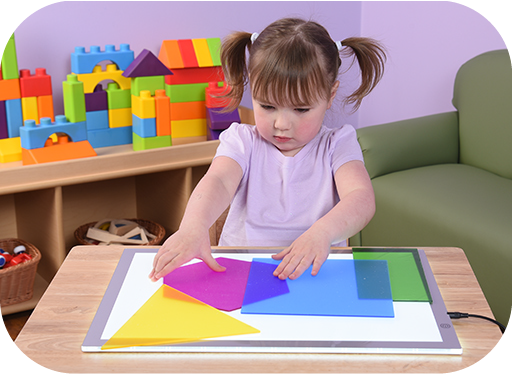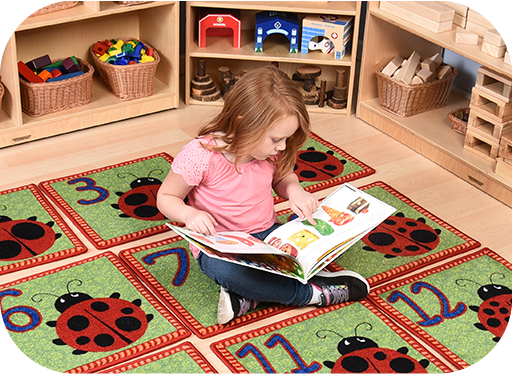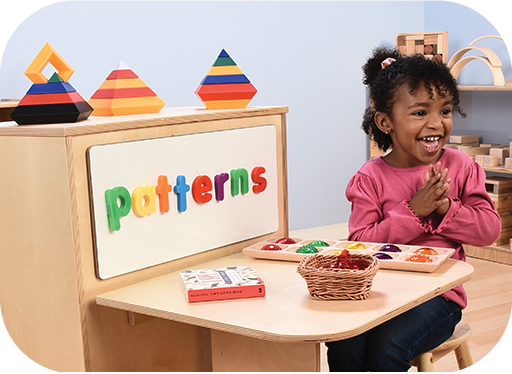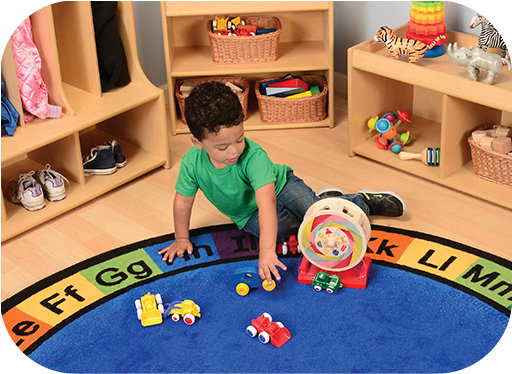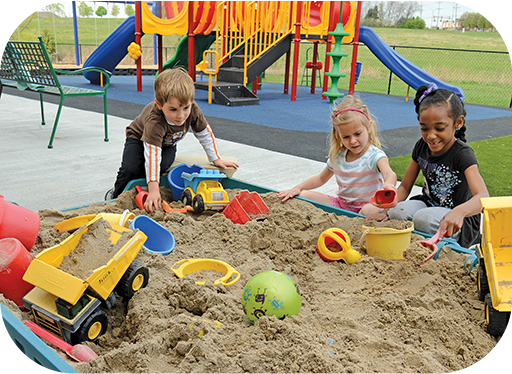
Hands on Play: Just What Are Loose Parts?
If you’ve ever watched a child open a present and become fascinated with the empty box, you’ve witnessed the latest trend in play - Loose Parts. Loose Parts play has become a focus in the early childhood community as teachers and parents embrace recyclable and budget-conscious interactive activities.
Materials are easy to find and include any type of material that sparks imagination: cardboard packing pieces, spools of all sizes, smooth pebbles, corks, items found in nature, marker lids, recyclable plastic containers, and materials that are often thrown away. The best Loose Parts can be carried, moved around, combined in different ways, taken apart, reassembled and explored with all a child’s senses.
Creating the space to stimulate children’s curiosity with Loose Parts can make the play richer. An area with lots of light, space, and organization of materials allows for creativity to flow. Adding mirrors, flashlights, and fabric can foster infinite play possibilities. Having materials at hand and easily accessible promotes a child-centered focus. Multi-function furniture and storage adds to the element of curiosity and experimentation for children and gives parents and teachers a sense of organization.
The ingenuity and teaching value in Loose Parts allows a child to explore with no specific directions. There is no right or wrong way to play. Loose parts add value to children’s play in the classroom and at home. Loose parts can be different with every interaction. One day, a spool can be a wheel on a vehicle, hair rollers, or stacked into towers. The pieces change to anything the child can imagine. Cleaning up loose parts is also a learning experience on classification. Sorting like materials together helps children form mathematical relationships as they place similar pieces in the same container.
Helping a child develop their own personal collection of Loose Parts encourages the ability to explore how these pieces can interact with each other. Collections can also give a child ways to interact with the outside environment. As they are on walks outside, at a grandparent’s house or at school, they can keep an eye on items to add to their collection.
Playing with loose parts is creative for children and economical for the adults. Found items are free and easy on a budget. This also helps children (and adults) learn to find purpose in used items. Recycling these materials helps children learn to reuse materials rather than throw things away. It allows for open-ended learning and fosters creativity.
Loose parts is not only a current trend but a relevant topic in early childhood education. Gathering these materials adds texture, complexity, and attraction to children’s play and inventiveness.


